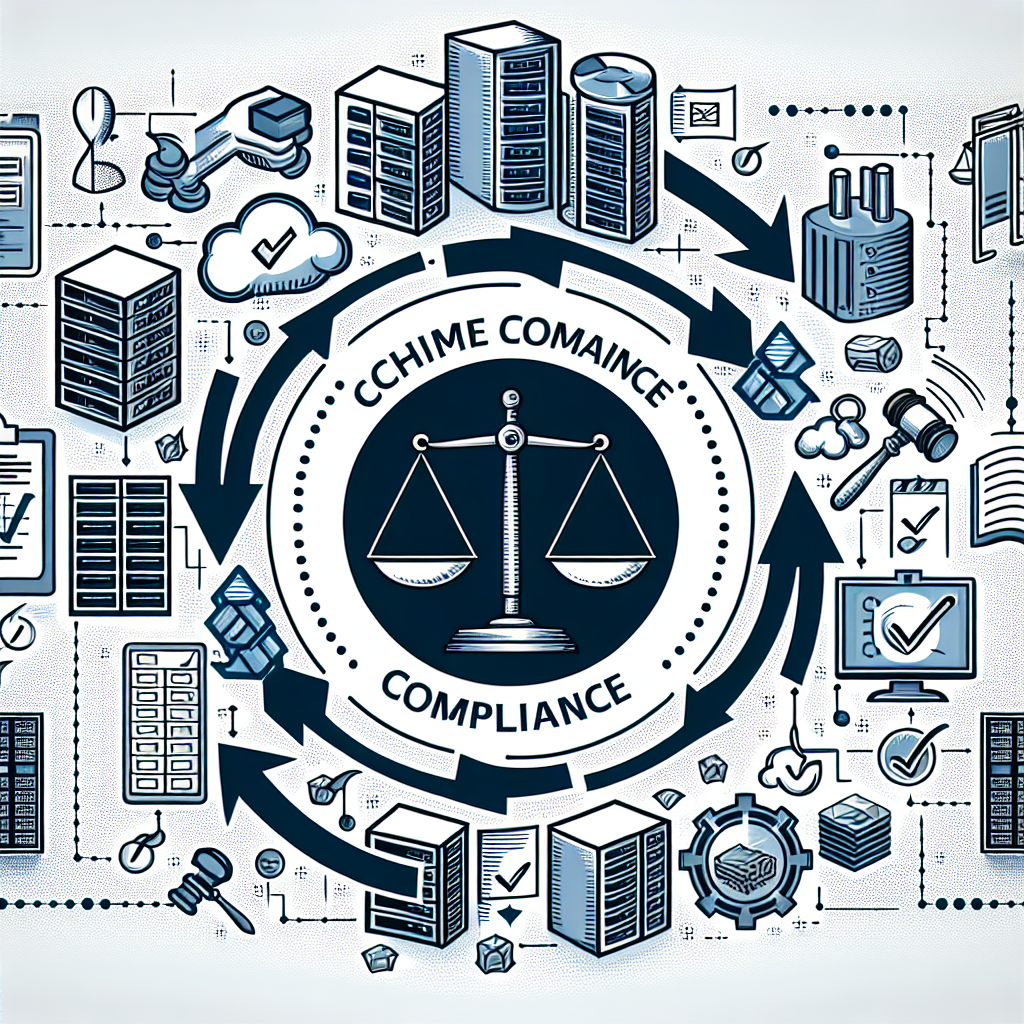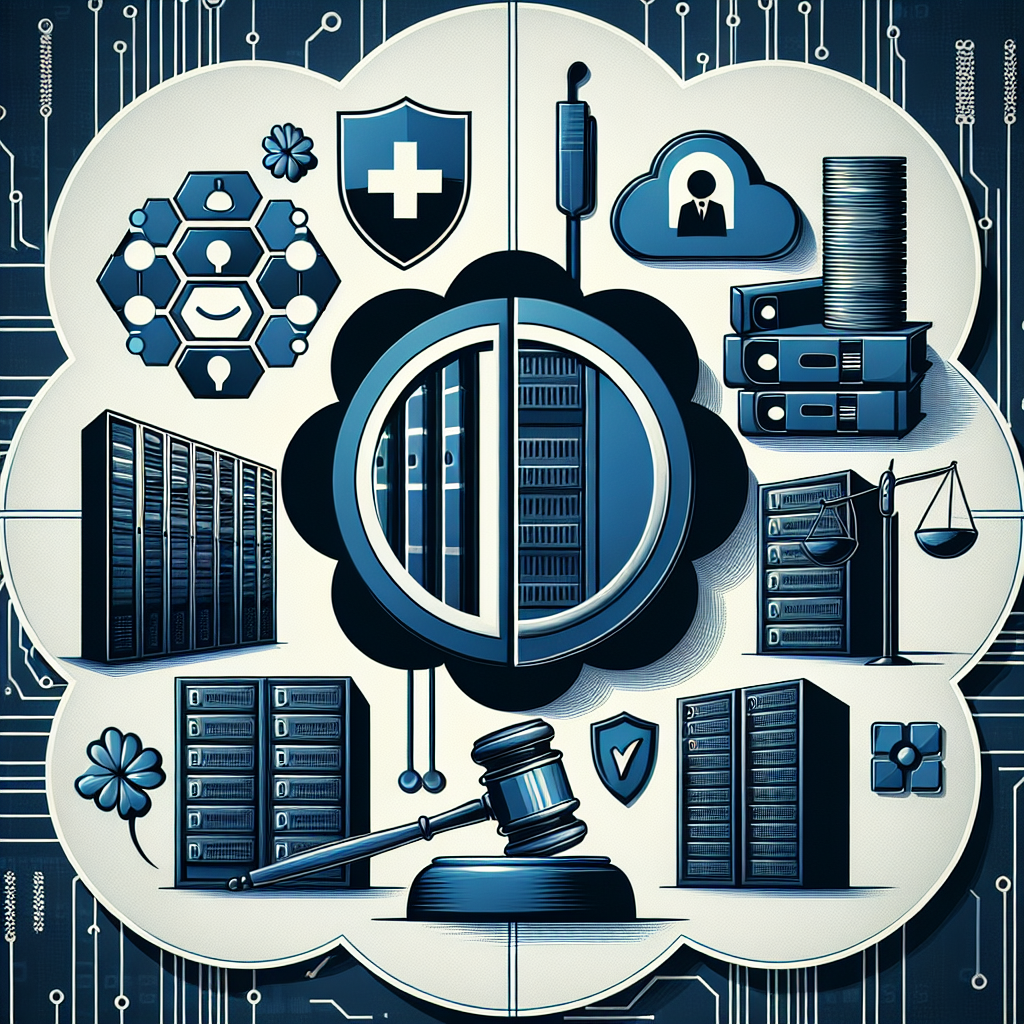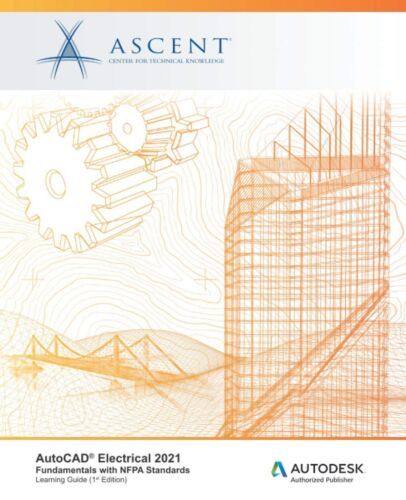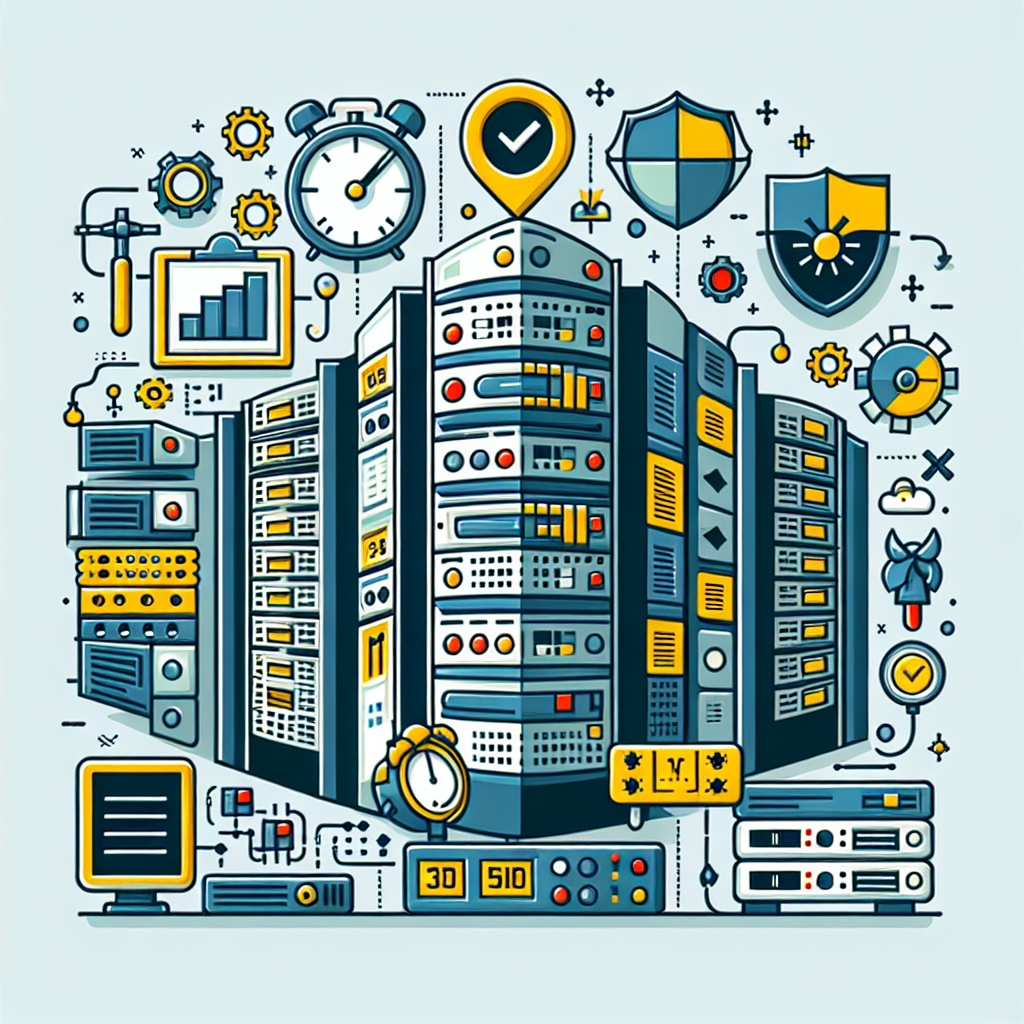Data centers play a crucial role in the digital infrastructure of organizations, housing and managing critical data and applications. As such, ensuring compliance with industry standards and regulations is essential to safeguarding the security and integrity of data within these facilities. In this article, we will take a closer look at some of the key industry standards and regulations that data centers must adhere to.
One of the most widely recognized standards in the data center industry is the Uptime Institute’s Tier Classification System. This system categorizes data centers into four tiers based on their level of redundancy and availability. Tier I data centers have the lowest level of redundancy, while Tier IV data centers boast the highest level of redundancy and availability. By adhering to the Tier Classification System, data centers can ensure that they are meeting industry best practices for uptime and reliability.
In addition to the Uptime Institute’s Tier Classification System, data centers must also comply with a number of regulatory requirements. One of the most important regulations for data centers is the Payment Card Industry Data Security Standard (PCI DSS), which governs the handling of credit card information. Data centers that process credit card transactions must adhere to strict security measures to protect cardholder data and prevent breaches.
Another critical regulation for data centers is the Health Insurance Portability and Accountability Act (HIPAA), which governs the security and privacy of healthcare data. Data centers that store or process healthcare information must implement stringent security measures to protect patient data and ensure compliance with HIPAA regulations.
In addition to industry standards and regulations, data centers must also comply with a range of environmental and energy efficiency guidelines. The Leadership in Energy and Environmental Design (LEED) certification, for example, recognizes data centers that meet strict criteria for energy efficiency and sustainability. By implementing energy-efficient technologies and practices, data centers can reduce their environmental footprint and lower operating costs.
Overall, compliance with industry standards and regulations is crucial for data centers to ensure the security, reliability, and sustainability of their operations. By adhering to best practices and regulatory requirements, data centers can safeguard critical data and applications, build trust with customers, and maintain a competitive edge in the rapidly evolving digital landscape.











